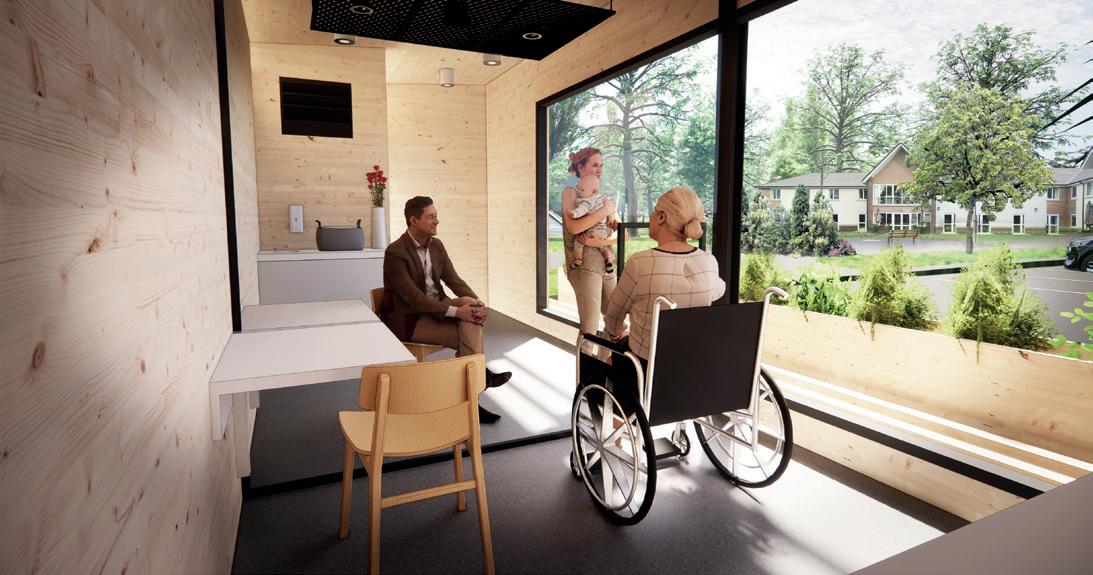BIM
HOW BIM IS TRANSFORMING CONSTRUCTION Major construction projects are becoming increasingly more complex, involve multiple task teams and span several years, making projects fraught with challenges. As individual task teams work in isolation from other members of the delivery team, the result is unsynchronised processes and procedures with no defined standards for quality control. As a result, issues are only identified as work commences on site, causing abortive work and wasted materials which all come at a cost to the project and the environment, says Paul Hargreaves, Group BIM Manager at TÜV SÜD. TÜV SÜD
B
uilding Information Modelling (BIM) is the process of working collaboratively to mitigate these risks using one “single source of truth”. The BIM process not only refers to the production of a 3D model but all the processes and procedures that monitor the progress of a construction project from cradle to grave, irrespective of project size. BIM, also commonly referred to as digital engineering, utilises the progressive development of a 3D virtual construction model during design, construction and post-occupancy, allowing the separate parties to address issues well before construction begins. BIM also enables the creation of multiple ‘what-if’ scenarios, so alternative approaches can be evaluated, allowing a more iterative approach during the project. As BIM facilitates more effective management throughout the entire project lifecycle, it can also contribute to the realisation of larger project goals such as improved energy efficiency, healthier environments for occupants, and increased environmental sustainability. FC&A – AUGUST – 2020
The stages of BIM The BIM maturity levels are: Stage 0 – unmanaged CAD Stage 1 – managed CAD (2D and 3D) Stage 2 – developing building information in a collaborative 3D environment using separate discipline models. The UK Government’s Construction Strategy now has a minimum requirement for stage 2 BIM on centrally procured public projects. Stage 3 – potentially utilising cloud-based modelling but more focused around the operation phase of the built asset and how data recorded from the built asset can influence future decision-making.
The benefits of adopting BIM In our own analysis of previously digitised industries and audits of BIM adopters, TÜV SÜD have identified additional important drivers of increased profitability, resulting from the adoption of BIM technologies. In total, the six most dominant drivers include: 30
1. Better asset quality and usability When used for digital prototyping, the BIM methodology helps to keep design and construction activities focused on the key performance indicators (KPIs) as defined by the investor or asset holder. It enables lifecycle analytics and operational metrics to be embedded into the earliest stage of a project.
2. Improved information and decision management BIM supports more effective and more confident decisions by combining virtual inspections and visualised information in a way that facilitates understanding by building owners and investors. This can dramatically reduce the number of changes and corrective actions, greatly improving the likelihood that a project will be completed on schedule and within budget.











